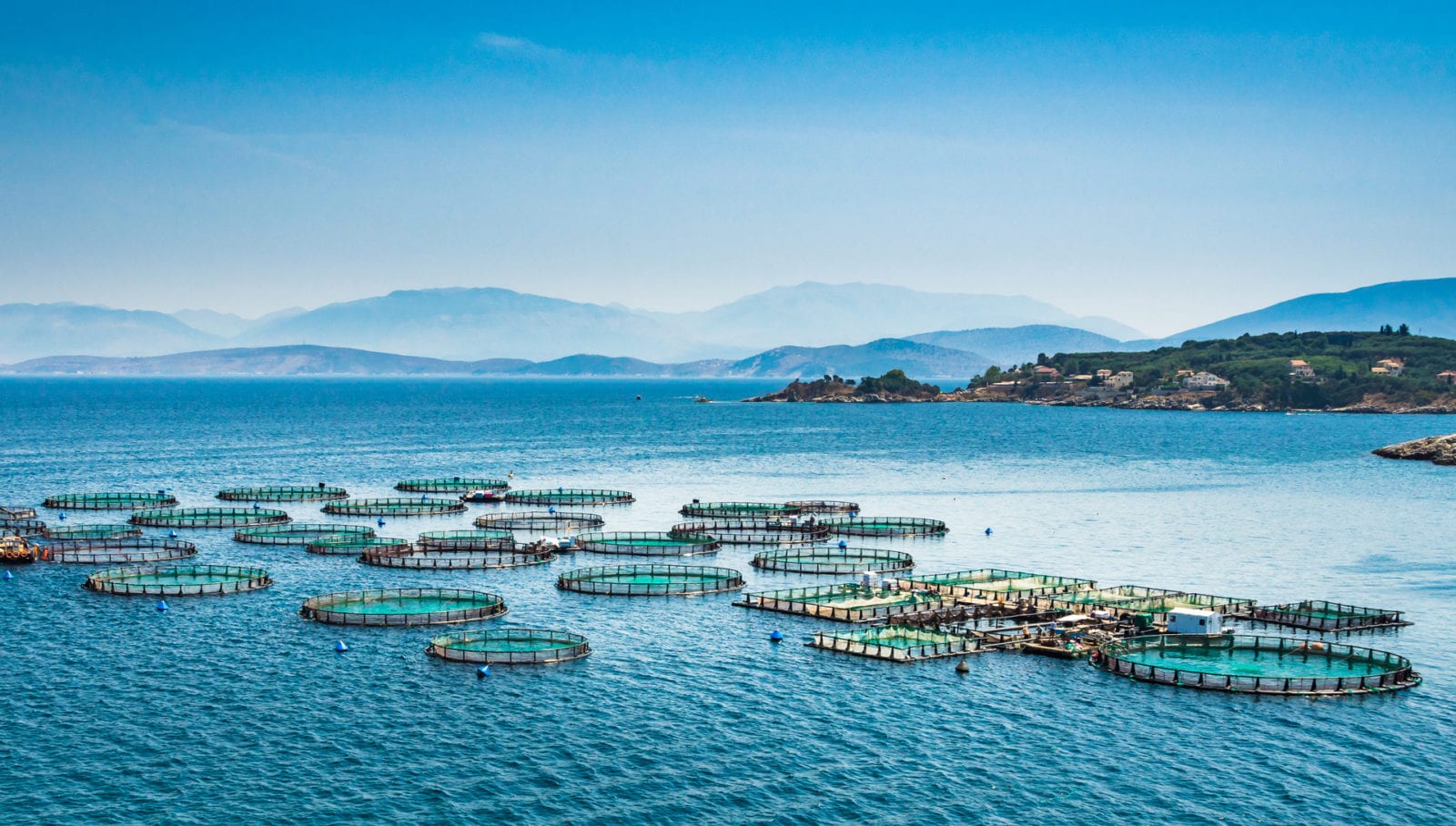
USSEC hosted a global event on May 20 that highlighted the short- and long-term impacts of COVID-19 on the aquaculture supply chain.
ST. LOUIS (May 28, 2020) – The U.S. Soybean Export Council (USSEC) virtually hosted a global digital event, “COVID-19 and the Implications to Aquaculture,” on May 20 with approximately 900 global customers and soybean industry representatives from 60 countries. The event focused on the impact of COVID-19 on global aquaculture production and marketing supply chains. As global markets adapt to these times, U.S. Soy is ready to meet global needs in the aquaculture industry.
In the restricted travel environment caused by COVID-19, USSEC continues to innovate as an industry leader in digital engagement. It’s focused on connecting U.S. farmers with customers through online presentations and discussions, while offering valuable insights about the global/U.S. market.
“Our industry has always prioritized innovation and adaptability in order to better serve our customers and meet the needs within the global seafood industry, and the COVID-19 pandemic is no different,” said Jim Sutter, USSEC CEO. “At USSEC, we've had an active program in aquaculture for 35 years, with partners ranging from small fish farms in Asia, to large international operations across the globe. And no matter who we're working with, our top priority is to optimize and demonstrate the value and nutritional benefits of U.S. Soy in aquaculture diets.”
Some key takeaways from the event include:
- George Chamberlain, President, Global Aquaculture Alliance discussed how despite the impact of COVID-19, the demand for aquaculture is growing globally.
- “Asian customers are learning that fresh fish from retail and e-commerce is just as good and even more convenient than live fish. And Western consumers are learning to prepare seafood at home, so eventually when food service opens again, total consumption should be even higher. In the long term, we can expect the global population to increase which will mean greater food and protein demand in the future that cannot be met by today's food systems. Aquaculture is well positioned to address these challenges with healthy foods produced from environmentally and socially responsible systems.”
- Gorjan Nikolik, Senior Analyst — Seafood, RaboResearch Food & Agribusiness noted that while prices have been impacted, production and volumes have remained consistent and recovery could happen this year.
- “In the salmon sector we're going to have some losses primarily due to a low price point, but production and volumes have not been impacted that much, and we do expect a recovery before the end of this year, at least in prices.”
USSEC leadership also spoke at the event to reassure attendees that U.S. farmers and the U.S. Soy community are continuing work to meet customer needs globally:
- Monte Peterson, Chairman of USSEC, board member of the American Soybean Association and soybean farmer in Valley City, North Dakota, shared the farmer perspective in his opening remarks.
- “Despite facing a public health issue and continued global uncertainty, our commitment to producing a safe and reliable soybean meal for aquaculture has never wavered. Agriculture was recognized as critical infrastructure by the U.S. government. And with events like this, we can show how U.S. Soy farmers intend to honor that through their work, proceeding with planting for the 2020 harvest, and staying focused on being a reliable supplier to our customers.”
- Carlos Salinas, USSEC Senior Director of Soybean Meal, noted that the U.S. is positioned to meet increasing global demand.
- “As the global population increases, the demand for seafood and fish will continue to grow. And by 2030, 62% of all seafood produced for human consumption will be a product of aquaculture. With the help of U.S. Soy, expanding feed-based aquaculture can address the needs of both supply and demand. U.S. soybean farmers are an essential partner in the prosperity of the aquaculture community and are helping to revolutionize aquaculture globally. The value of these global partnerships is immeasurable. It's something that helps differentiate the U.S. Soy advantage for our customers.”
USSEC held two identical sessions to accommodate attendees from around the world, and anyone can register to watch the recordings here.